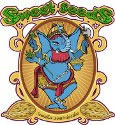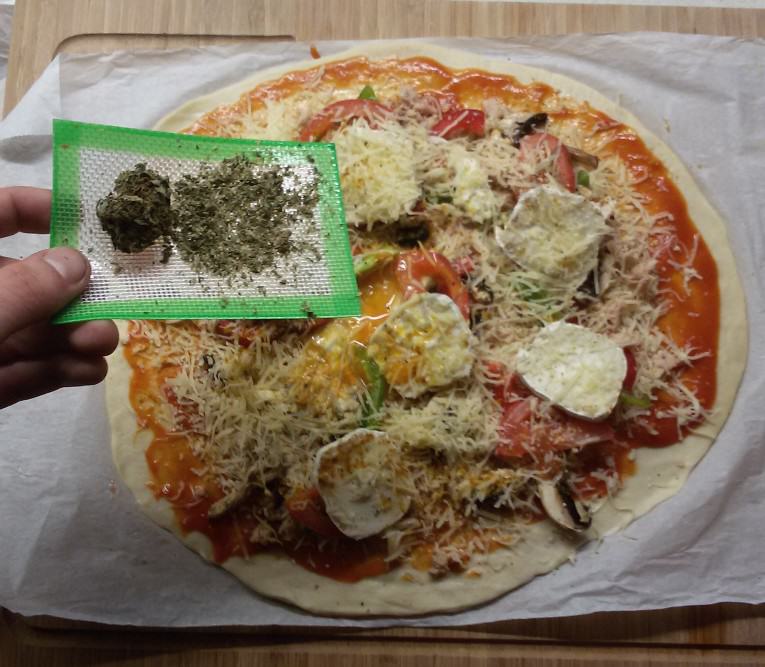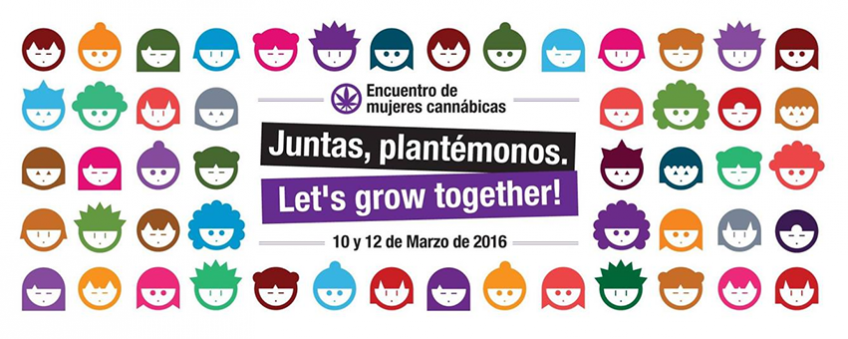What was the first thing sold online? Cannabis, of course!
List of contents
When we think back to the early days of computers and the internet, we often imagine very primitive machines and systems that took hours to send a simple email. But it turns out that, from the very moment of genesis of the network of networks, there was one thing that people made sure could be bought and sold: cannabis.

And, according to several researchers, the first thing that was sold on the internet was a bag of weed. The story is recounted in a 2005 book written by John Markoff, entitled ‘What the Dormouse Said: How the 60's Counterculture Shaped the Personal Computer Industry’, where we can find the following paragraph:
In 1971 or 1972, Stanford students used the university's Artificial Intelligence Laboratory accounts to conduct a business transaction with their counterparts at the Massachusetts Institute of Technology (MIT). Before Amazon and eBay, the seminal act of e-commerce was a drug deal, as students used the ARPANET network to discreetly agree to the sale of an indeterminate quantity of marijuana.
It might seem like this first online sale of cannabis falls well within the category of urban legends, but in fact, the transaction described by Markoff is confirmed by fellow writer Jamie Bartlett in his book 'The Dark Net: Inside the Digital Underworld', a fascinating journey through the most remote corners of the internet published in 2014 and where he presents the anecdote in a similar way:
In 1972, long before eBay or Amazon, students at Stanford University in California and MIT in Massachusetts made the first online transaction. Using the ARPANET account from the Artificial Intelligence Laboratory, the Stanford students sold a small amount of marijuana to their colleagues at MIT.
ARPANET, the origin of the internet
ARPANET was a computer network created by the United States Department of Defense for use as a means of communication between the country's various academic and state institutions, and which formed "the backbone of the Internet until 1990, after completing the transition to the TCP/IP protocols model, which began in 1983” as indicated by Wikipedia.
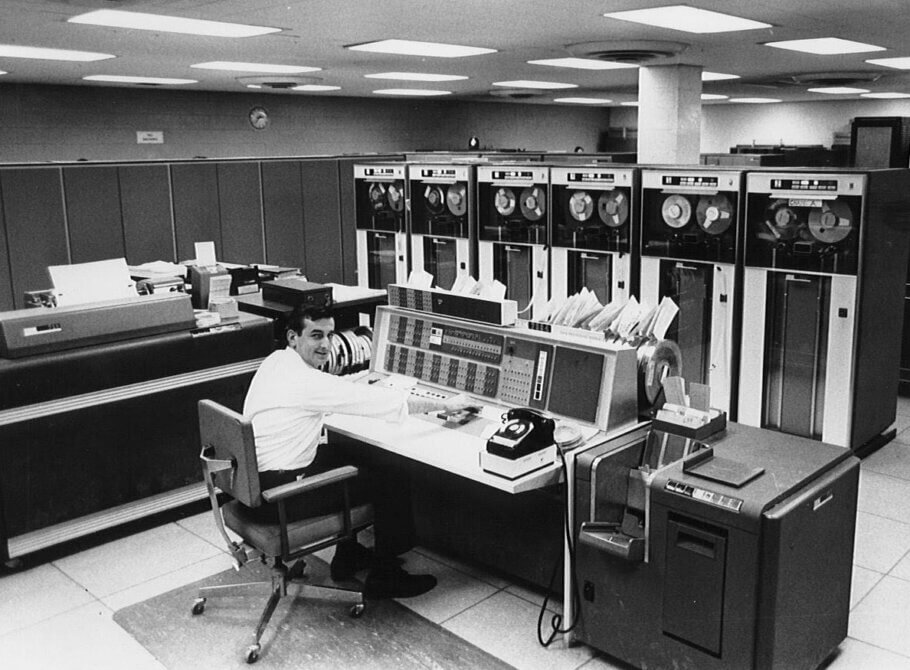
However, some people could dispute whether this transaction was really “an online sale” because, despite the fact that the students used the computer network to communicate and agree on the sale, the financial transaction itself was made in person, possibly in a discreet parking lot at some unearthly hour.
So, it may technically be more accurate to say that it was the first deal facilitated by a computer network featured cannabis. But, of course, that's wouldn't be as much of a fun story to tell! Also, the sale of cannabis was illegal so the transaction itself would have been void, meaning it couldn't qualify for the title of the first-ever e-commerce purchase anyway.
The early days of online sales
Indeed, Pizza Hut claims that title for itself, having launched its PizzaNet service in late 1994. According to them, the first recorded online sale was a family-size pepperoni pizza with mushrooms and extra cheese, delivered in Santa Cruz (California).
There is even an LA Times article from 1994 which compares the purchase of a pizza to the 1992 dystopian cyberpunk thriller 'Snow Crash' by author Neal Stephenson, which describes a future in which Americans excel at only two things: writing software and delivering pizzas in less than 30 minutes.
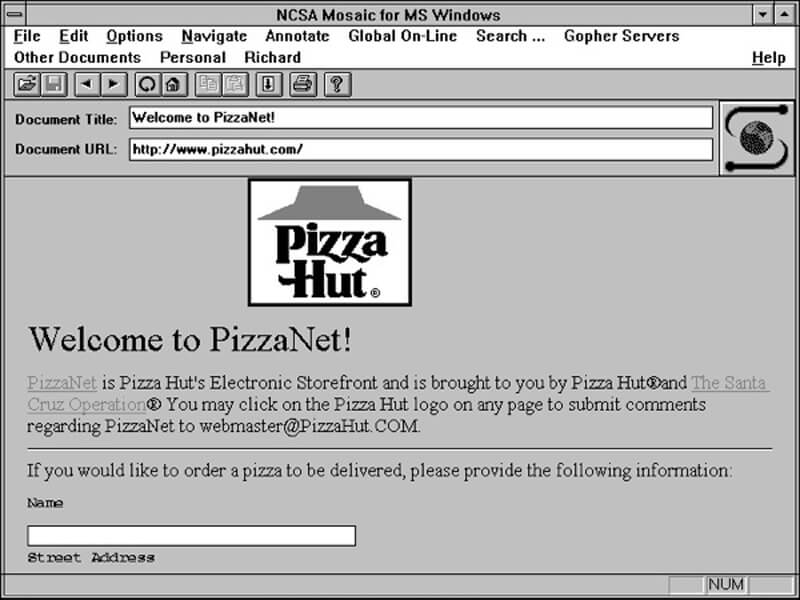
There's no doubt that a pepperoni pizza and a bag of weed would be an excellent combination for the first e-commerce transaction (via the internet), but things are a bit more complicated than that.
In fact, the Smithsonian magazine tells us that the first time that someone bought something online by entering their financial details into a computer was a few months earlier, in August of 1994 when a man named Dan Kohn created a website called NetMarket that he defined as "a new company that's like a shopping mall in cyberspace".
And that was where he sold a CD by Sting to his friend Phil Brandenberger, who used data-encryption software to send his credit card number securely. It cost Phil $12.48 to buy the album 'Ten Summoner's Tales' by the ex-Police singer, although we don't know if that included free shipping or whether Phil truly enjoyed the album or not.
The grandmother of remote shopping
However, there are even records of online shopping some 10 years previous to this 'pepperoni moment'. Not only that, but they credit the first actual online purchase to someone else entirely: an English grandmother!
According to a 2009 BBC documentary, it was way back in May 1984 that 72-year-old Jane Snowball, using her television remote control, ordered some margarine, cornflakes, and eggs that she wanted from a nearby supermarket, all while sitting in her armchair at home.
Mrs. Snowball was participating in a local government initiative to help senior citizens use these "new technologies" but neither she nor the people around her at the time had any inkling that her simple shopping list was history's first online purchase from a home address.
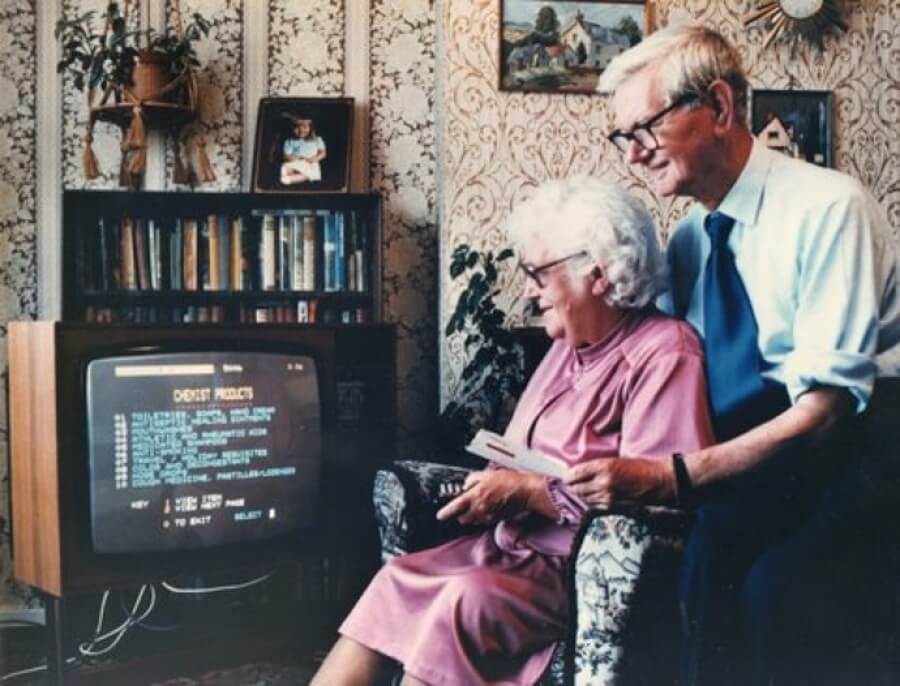
Simply by using her remote control, Jane was accessing a technology called VIDEOTEX (a prehistoric version of Teletext that, years later, was marketed in Spain as ‘Ibertex’) to transmit the purchase order to the local supermarket via the telephone line. The products were then packaged and delivered to her doorstep even though Mrs. Snowball never touched a computer; it was the television that linked her to the physical shop. And like the Stanford weed deal of the 1970s, this purchase was just that: a simple purchase order, because the lovable granny paid for the food with cash upon delivery.
Electronic commerce has changed a lot since that first cannabis deal or Jane Snowball's shopping list. In fact, we now have infinite websites at our disposal, dedicated to selling any and all products that you can imagine. The only constant since then is people's desire to shop from the comfort of their own homes instead of going out and facing the physical market, whether purchasing mood-altering substances or music from old British post-punk icons.
Happy shopping!
----
References:
- On-Line Pizza Idea Is Clever but Only Half-Baked. LA Times 1994.
- What Was the First Thing Sold on the Internet? Smithsonian Magazine 2015.





